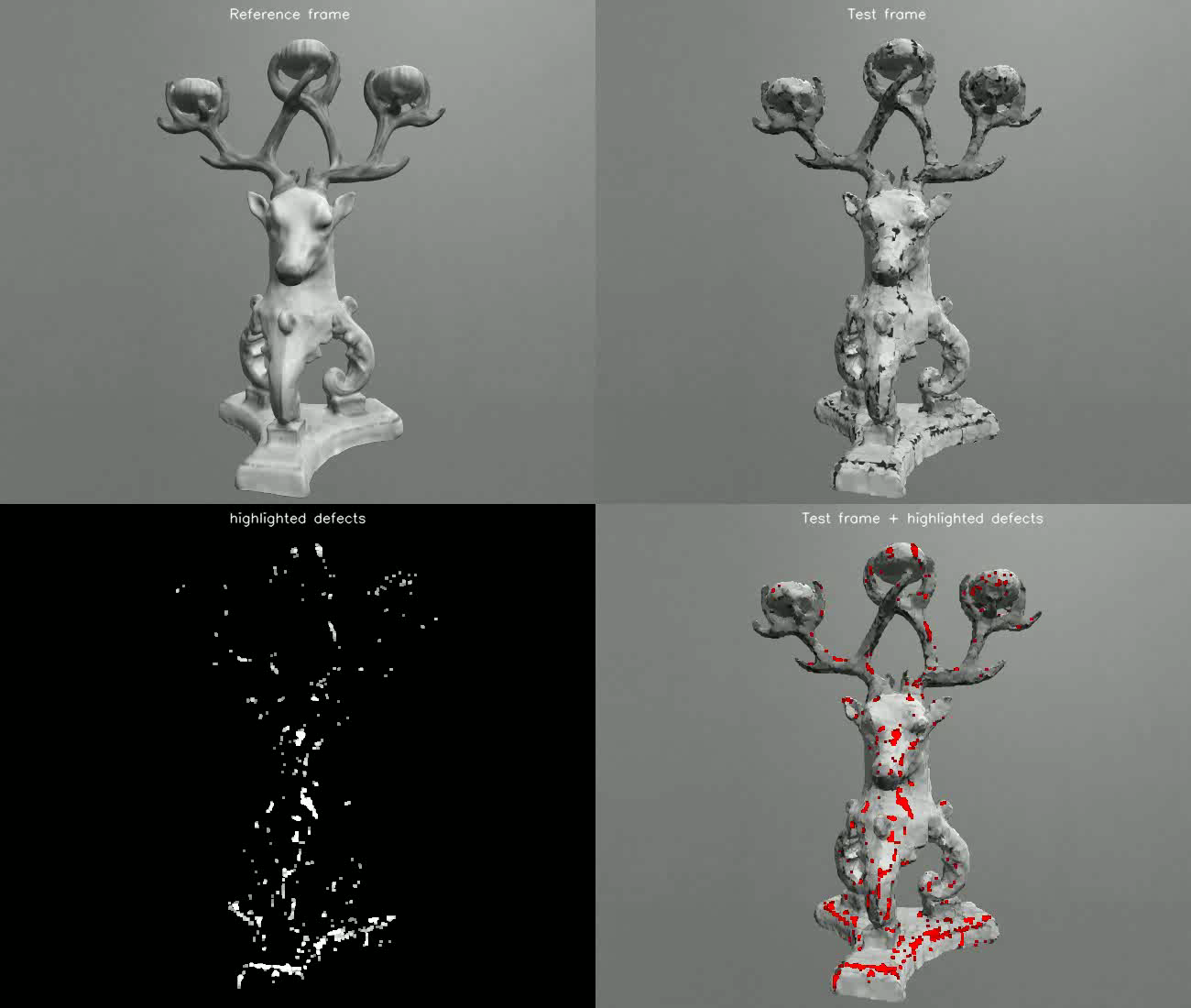Perceptual Crack Detection for Rendered 3D Textured Meshes
Recent years have witnessed many advancements in the applications of 3D textured meshes. As the demand continues to rise, evaluating the perceptual quality of this new type of media content becomes crucial for quality assurance and optimization purposes. Different from traditional image quality assessment, crack is an annoying artifact specific to rendered 3D meshes that severely affects their perceptual quality. In this work, we make one of the first attempts to propose a novel Perceptual Crack Detection (PCD) method for detecting and localizing crack artifacts in rendered meshes. Specifically, motivated by the characteristics of the human visual system (HVS), we adopt contrast and Laplacian measurement modules to characterize crack artifacts and differentiate them from other undesired artifacts. Extensive experiments on large-scale public datasets of 3D textured meshes demonstrate effectiveness and efficiency of the proposed PCD method in correct localization and detection of crack artifacts. %Specifically, We propose a full-reference crack artifact localization method that operates on a pair of input snapshots of distorted and reference 3D objects to generate a final crack map. Moreover, to quantify the performance of the proposed detection method and validate its effectiveness, we propose a simple yet effective weighting mechanism to incorporate the resulting crack map into classical quality assessment (QA) models, which creates significant performance improvement in predicting the perceptual image quality when tested on public datasets of static 3D textured meshes. A software release of the proposed method is publicly available at: https://github.com/arshafiee/crack-detection-VVM
PDF Abstract

